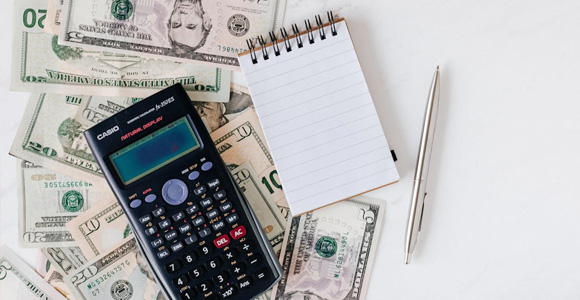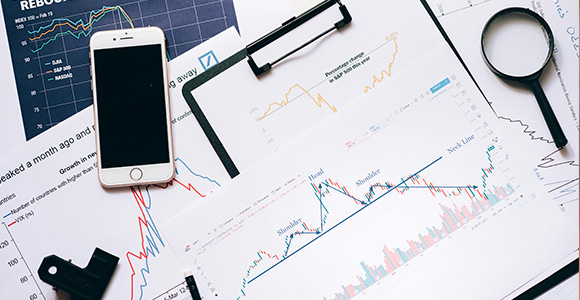Equities have experienced an exceptionally volatile year, and investors have felt a lot of pain as a result. As of October 6, 2022, the S&P 500 was down 25% in the year. A lot of investors understandably have fears about the future, and many have been pondering whether they can even stomach being exposed to markets in such an uncertain time. After all, these types of prolonged drawdowns occur infrequently, and can certainly be frightening. From 1961 through present day, the S&P 500 has only suffered 25% or greater drawdowns nine times, including the current year. It is undeniably difficult to watch the value of your investments fall, but what’s worse is locking in those losses, turning a temporary situation into a permanent one by selling when markets have sold off. Markets have recovered from every single significant sell-off they have experienced in the past, and there is no reason to believe this one is any different.
Goldman Sachs Asset Management compiled data via their own research and Bloomberg tracking the one-, three-, five-, and ten-year returns following the bottoming of a 25% or greater peak-to-trough drawdown in the S&P 500. Once the market hit its bottom, recoveries have been substantial. Just one year after hitting the -25% mark, the S&P 500 returned an average of 27%. After three-years, nearly all losses are typically recovered, with the index returning 45% on average. Following the five-year period, the index returns an impressive 93%. After ten-years, the average return is 238%. Staying the course, and dollar cost averaging when your portfolio declines in value has time and again proven to be the best and most rewarding strategy. Keep in mind that these numbers represent equity values only. A balanced portfolio would have seen less of a decline in value, as demonstrated during the financial crisis where a 60% equity 40% fixed income portfolio only declined in value by about half of the S&P 500. A balanced portfolio would have also seen a quicker recovery. According to JP Morgan Asset Management, following the market bottom in 2009, a baseline 60/40 portfolio would have recovered to its pre-drawdown peak twice as quickly as the S&P 500. The trend held up in 2020 as well, with the 60/40 portfolio bottoming at about half the level of the S&P 500 in March and recovering fully a month sooner.
While the sell-off endured over the last nine and a half months has felt like a slow and unpleasant grind, it’s important to keep in mind markets won’t go down forever. Keeping a long-term perspective is vital to preserving the achievability of your investing goals, especially in downturns. Thinking long-term also enables you to be a better short-term decision maker, as Goldman’s findings demonstrate by abandoning your investment strategy in a drawdown you can lose out on relatively quick recoveries. Each drawdown provides an opportunity for investors to purchase securities at a discounted price, provided they are willing to stay the course, and the current market drop-off is no different.



